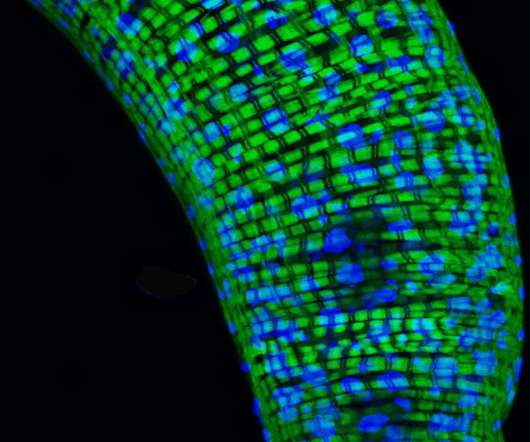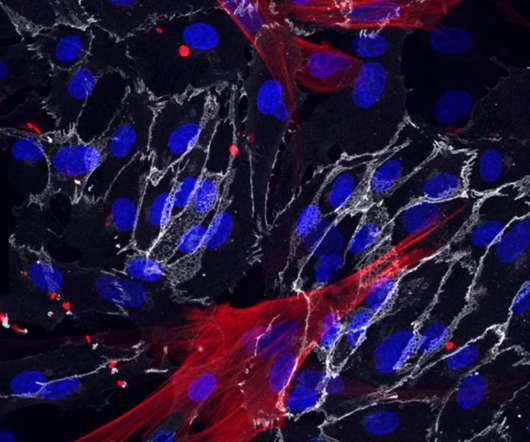Genetic test identifies invasive lobular carcinomas that are at high risk of recurring
Scienmag
OCTOBER 1, 2020
Credit: Breast Unit of the Champalimaud Clinical Centre in Lisbon, Portugal New results to be presented at the 12th European Breast Cancer Conference show that a test, which looks at the activity of 70 genes in breast cancer tissue, is possible to use in the clinic to identify patients with invasive lobular carcinoma (ILC) that […].













Let's personalize your content